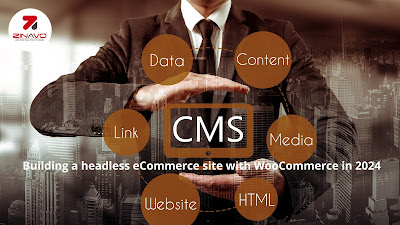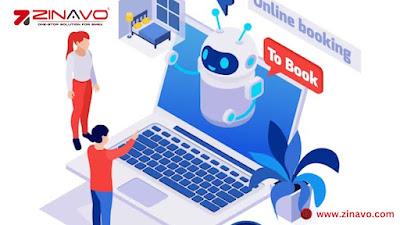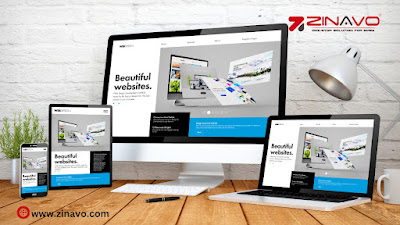Building a headless eCommerce site with WooCommerce in 2024
Introduction
WooCommerce stands out as a prominent platform for constructing eCommerce sites, offering robust and adaptable features to cater to diverse needs. For those aiming to elevate their WooCommerce site, the prospect of building a headless eCommerce site presents itself as a compelling option.
Understanding Headless Architecture Unlike traditional eCommerce setups, where the backend and frontend are tightly integrated, a headless eCommerce site decouples the front-end (what users see) from the back-end (where data is stored and processed). This separation allows the presentation layer and business logic layer to operate independently, communicating through APIs. This approach enhances flexibility, scalability, and overall performance.
Back-End (Commerce Logic): In a traditional setup, WooCommerce with WordPress handles both content and commerce logic. WordPress serves as a widely-used content management system (CMS), complemented by WooCommerce as a popular eCommerce plugin.
Front-End (Presentation Layer): For the front-end in a headless setup, you have the freedom to choose modern JavaScript frameworks like React, Vue.js, or Angular. These frameworks provide advanced interactivity and responsiveness.
Connecting Front-End and Back-End: Irrespective of the chosen front-end technology, communication between the front-end and back-end occurs through the WooCommerce API. This API facilitates the retrieval of product data, transaction handling, and maintenance of essential eCommerce functionalities.
Guide to Building a Headless WooCommerce Site
Choose a Front-End Framework: Select a front-end framework such as React, Angular, or Vue.js, aligning with your goals and expertise.
Set Up the Back-End: Install WooCommerce, necessary plugins, and configure site settings. Establish a REST API to enable communication between the front-end and back-end.
Build the Front-End: Utilize the chosen front-end framework to create the user interface, fetching data from the back-end through the REST API.
Test and Optimize: Thoroughly test the front end, ensuring proper functionality. Optimize the site for performance through caching, image optimization, and code minimization.
Launch and Maintain: Launch the headless WooCommerce eCommerce site. Ongoing maintenance involves monitoring performance, updating plugins and frameworks, and addressing any issues.
Benefits of Headless WooCommerce
- Flexibility: Choose the best technologies tailored to your needs.
- Performance: Enhance user experience with faster load times.
- Scalability: Independently scale components as your business expands.
- Future-Proofing: Easily adapt to emerging technologies and trends.
Challenges
- Potential Increased Costs: Initial setup costs may be higher based on architecture complexity.
- Complexity: Implementing and maintaining a headless architecture can be intricate.
Conclusion: Embarking on the journey of building a headless WooCommerce eCommerce site offers the potential to elevate your online presence significantly. By embracing this approach, businesses can achieve increased flexibility, scalability, and performance. Careful platform selection, meticulous architecture implementation, and a balanced assessment of benefits versus challenges are key to a successful headless WooCommerce venture, positioning your business for enduring success in the ever-evolving eCommerce landscape.
We hope that the given information is useful. For more details on WooCommerce, you can always feel free to contact us at +91-7760245945 and visit our website.




Comments
Post a Comment